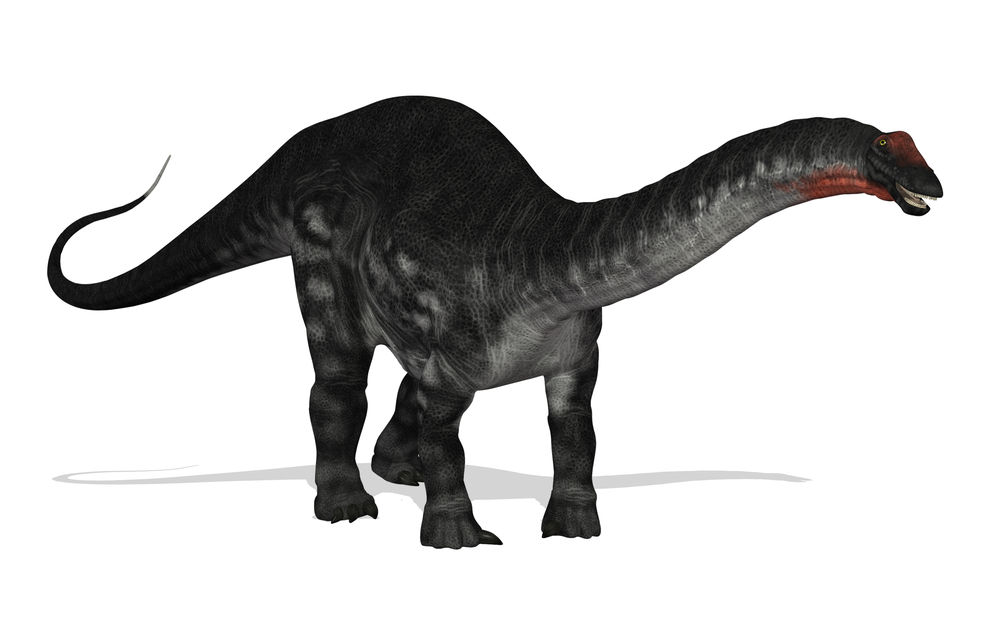Apatosaurus: Behemoth of the Prehistoric Era

Introduction to Apatosaurus
Apatosaurus, formerly known as Brontosaurus, was one of the largest land animals to ever walk the Earth. Belonging to the sauropod group of dinosaurs, it lived approximately 150 million years ago during the Late Jurassic period.
Renowned for its immense size and long neck, Apatosaurus was a herbivorous giant that grazed on vegetation in ancient forests. Despite its massive proportions, it was relatively lightweight due to its hollow bones.
Anatomy and Characteristics
Apatosaurus had a distinctive body structure characterized by a long neck, small head, and massive body supported by four sturdy legs. Its neck alone could reach lengths of up to 30 feet, allowing it to reach high branches for food.
Despite its enormous size, Apatosaurus was a gentle giant, using its size and strength primarily for defense against predators. It likely traveled in herds for protection and to facilitate feeding in areas with abundant vegetation.
Life in the Late Jurassic
During the Late Jurassic period, Apatosaurus shared its environment with other iconic dinosaurs such as Stegosaurus, Allosaurus, and Diplodocus. Together, these creatures inhabited lush, tropical forests and vast floodplains.
Apatosaurus played a crucial role in shaping the ecosystems of its time by consuming vast quantities of vegetation and influencing plant growth through grazing and seed dispersal. Its presence contributed to the diversity and abundance of plant life in its habitat.
